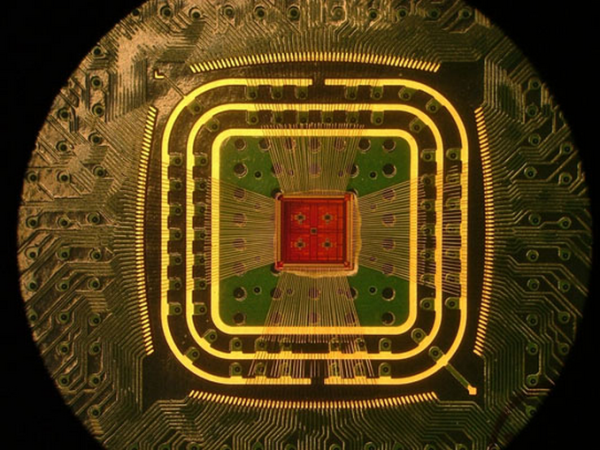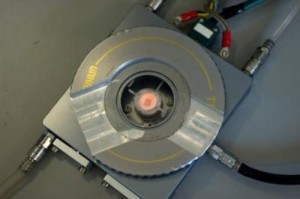Scientists are continuously working on nanotechnology. Recently, they have designed a custom integrated circuit using commercial semiconductor technology. Researchers have developed a device that can not only measure nanopores with less error than commercial instruments but also it can see single molecules passing through the pore in only 1 microsecond. A team of researchers at Columbia Engineering has figured out a way to measure nanopores.
Nanotechnology have become more ubiquitous. Researchers have started using nanotechnology to make medical diagnostics smaller, faster, and cheaper, in order to better diagnose diseases, learn more about inherited traits, and more. But as the sensors in nanotechnology are getting smaller and smaller, measuring them becomes more tough. Because there is always a gap between how long any measurement takes to make and how precise it is. The gap turns into big when a signal gets very weak.
Researchers has figured out, using commercial instruments, tiny holes in a thin membrane can detect single biological molecules like DNA and proteins with less error. Researchers have miniaturized the measurement by designing a custom integrated circuit using commercial semiconductor technology. They build the nanopore measurement around the new amplifier chip. Nanopores may lead to extremely low-cost and fast DNA sequencing.
“We put a tiny amplifier chip directly into the liquid chamber next to the nanopore, and the signals are so clean that we can see single molecules passing through the pore in only one microsecond,” says Jacob Rosenstein, a Ph.D. candidate in electrical engineering at Columbia Engineering and lead author of the paper. “Previously, scientists could only see molecules that stay in the pore for more than 10 microseconds. The setup for nanopore measurements is very simple and portable. It doesn’t require a complicated microscope or high powered instruments; it just requires attention to detail. You can easily imagine nanopore technology having a major impact on DNA sequencing and other medical applications within the next few years.”
Many single-molecule measurements are currently made using optical techniques. These optical techniques use fluorescent molecules that emit photons at a particular wavelength. But, while fluorescence is very powerful, its major limitation is that each molecule usually produces only a few thousand photons per second. “This means you can’t see anything that happens faster than a few milliseconds, because any image you could take would be too dim,” explains Shepard, who is Rosenstein’s advisor. “On the other hand, if you can use techniques that measure electrons or ions, you can get billions of signals per second. The problem is that for electronic measurements there is no equivalent to a fluorescent wavelength filter, so even though the signal comes through, it is often buried in background noise. With a next-generation design, we may be able to get a further 10X improvement, and measure things that last only 100 nanoseconds. Our lab is also working with other electronic single-molecule techniques based on carbon nanotube transistors, which can leverage similar electronic circuits. This is an exciting time!”
This research has been funded by the National Institutes of Health, the Semiconductor Research Corporation, and the Office of Naval Research. Their whole research is available in the Advance Online Publication of Nature Methods. If you want know a little bit more, just click here
Source : Scitecdaily
Image Credit : Michael Quinn
[ttjad]



